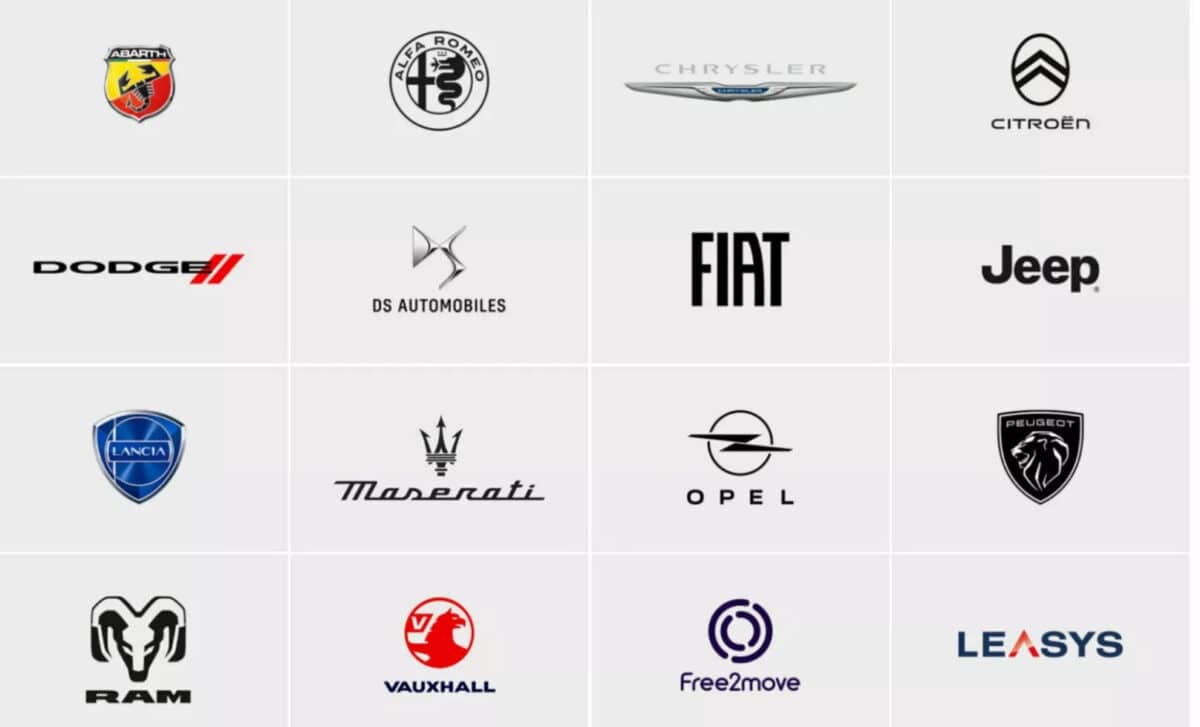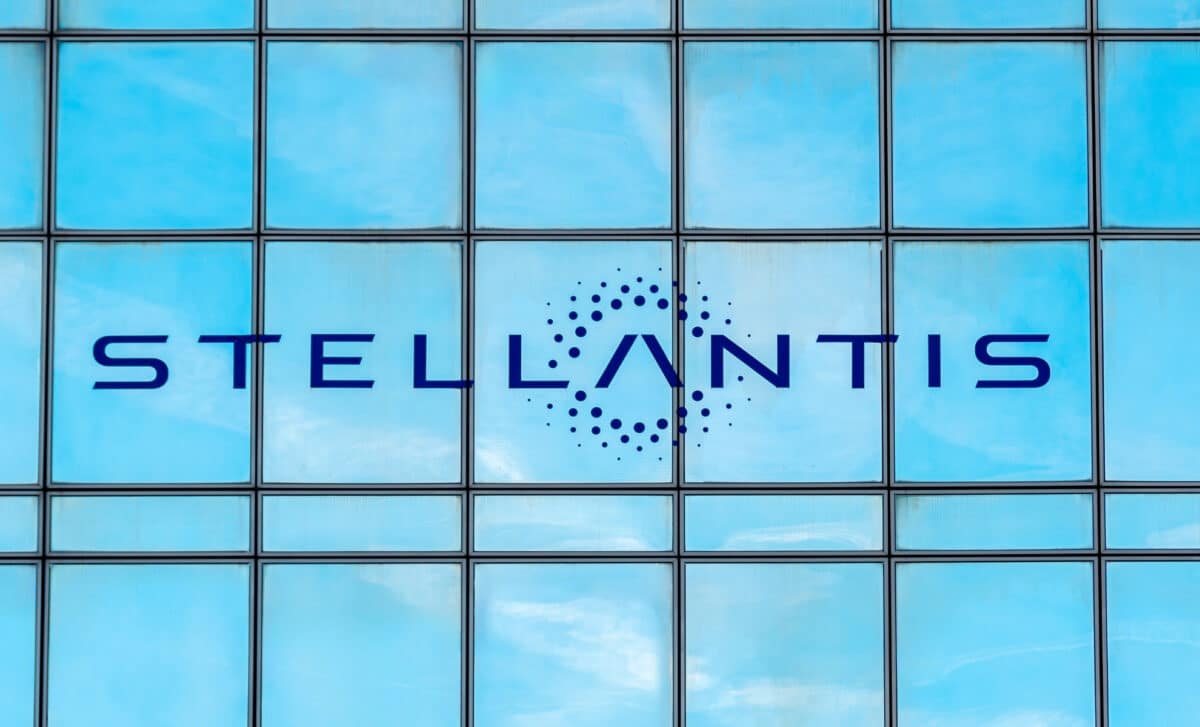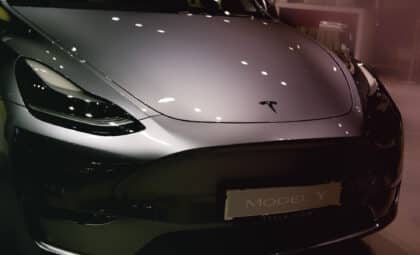After stepping down from the helm in December 2024, Tavares is now publicly voicing doubts about the future of the auto conglomerate he helped create. His statements come as Stellantis continues to struggle with brand identity, geographical tensions, and leadership fractures that could spell the end of its multinational alliance.
The significance of these comments lies in the fragile structure of Stellantis itself, a group born from the merger of Fiat Chrysler Automobiles and PSA Group. With 14 brands spanning Italy, France, and the United States, the company’s future depends on cooperation between national interests that don’t always align. Tavares’ warning points to a core weakness in the Stellantis model: a three-way balance that may be less stable than it seems.
A Fracture Between Italy, France, and the U.S.
Carlos Tavares doesn’t mince words in his new publication, where he states: “I am worried that the three-way balance between Italy, France and the U.S. will break.” His message suggests that without continuous efforts toward internal cohesion, the company risks being pulled in opposing directions—geopolitically and strategically.
He also signals that the absence of his leadership might leave French interests more exposed within the executive structure. According to Bloomberg, this shift could further destabilize the alliance, particularly if stakeholders begin prioritizing national agendas over shared business goals.
The challenge, Tavares argues, lies in leadership failing to maintain unity on a daily basis. With each country’s automotive legacy—and labor force—tied deeply to its identity, competing pressures may eventually become irreconcilable. Stellantis’ vast portfolio makes this even more complex, amplifying friction at the board level.

A Chinese Acquisition in the Making?
Among the more explosive claims in Tavares’ book is the possibility of a partial acquisition by a Chinese automaker. The former CEO outlines a scenario where the European brands could be sold to a Chinese company, while the U.S. divisions regain independence. The model, he suggests, would resemble what General Motors did when it spun off Opel and Vauxhall.
This proposition is not just theoretical. According to Carscoops, Tavares appears to be laying out a roadmap he believes could realistically unfold if unity efforts collapse. Such a transaction would deeply impact Stellantis’ operations, workforce, and global strategy—especially given ongoing trade sensitivities and competition with China in the EV and tech sectors.
While the identity of the potential Chinese buyer is not mentioned, the idea alone reflects Tavares’ concerns over market positioning and vulnerability in Europe, where Stellantis has maintained a heavy presence and strategic focus in recent years.
The American Brands in Decline
Although Stellantis is officially a multinational company, many of its American brands are reportedly on shaky ground. Chrysler is “barely alive,” Dodge is “in trouble,” and Jeep has seen its profitability drop sharply. Even Ram, once a star in the Stellantis portfolio, is described as “reversing course” toward older, hemi-powered models.
The shift in focus under Tavares’ leadership heavily favored cost-cutting and European priorities, leaving U.S. brands feeling abandoned. Unions and employees expressed frustration long before his resignation, culminating in the creation of an activist website—“Sh!t Can Carlos”—which remains online today. This unrest paints a picture of deep dissatisfaction across the Atlantic.
Tavares’ cost-saving strategies, while effective in some respects, came at the price of employee morale and long-term brand investment. This tension was particularly strong in Italy and the United States, where workers felt overlooked in favor of executive-level strategy and European optimization.









